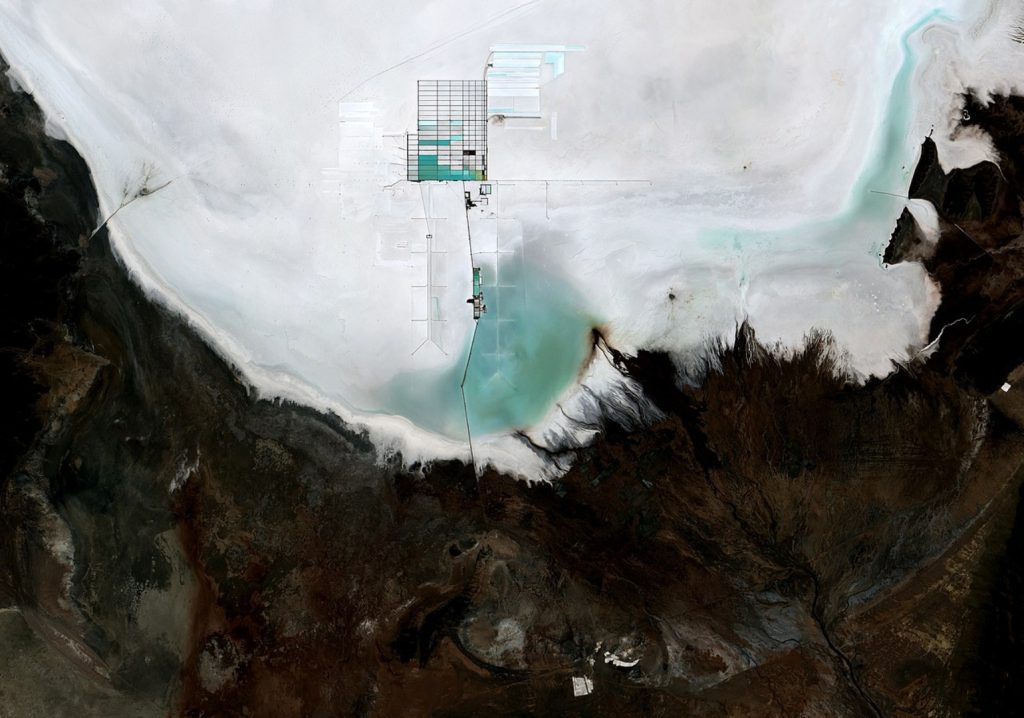Researchers at Monash University start-up ElectraLith have developed a cheaper and more efficient method of lithium extraction than conventional water-based methods.
Lithium is a very versatile mineral. Lithium alloys are used in planes and trains; there’s probably lithium in the batteries powering the device you’re using to read this article.
But extracting lithium from brine, clay or ore can be a lengthy, costly and waste-heavy process. This is particularly true for brine, where traditional evaporation methods consume substantial land and water in ecologically sensitive areas.
Due to its central role in the transition to sustainable energy, lithium has recently been added to the critical minerals lists in most countries.
Monash University start-up ElectraLith has developed a membrane-based system of direct lithium extraction, or DLE, that allows the mineral to be extracted without added water or chemicals and using only a small amount of electricity.
“Our technology extracts and refines lithium for battery-grade lithium hydroxide in a modular, scalable, renewably powered operation,” Chartered engineer and Engineers Australia Fellow Dr SJ Oosthuizen CPEng FIEAust, who is Chief Technology Officer of ElectraLith, told create.
The ElectraLith team, led by membrane scientist Professor Huanting Wang who developed the innovation, aims to “shift the economics” of lithium production away from conventional methods and towards a cheaper, more efficient and less environmentally harmful alternative.
“Despite Australia being the largest lithium producer, ElectraLith is Australia’s only direct lithium extraction company,” Oosthuizen said. “We are very excited about our technology and the team leading its development and commercialisation.”
The problem
According to Oosthuizen, the lithium compound must first be extracted before undergoing a concentration process that prepares it for use, making the usual extraction methods sluggish and inefficient.
“Large volumes of water, about one to two million litres, are consumed to produce just one tonne of battery-grade lithium from brine using traditional evaporation methods,” Oosthuizen explained.
Despite this, nearly all lithium sourced from brines over the past five years has been from evaporation.
“Efficiency in recovering lithium is low, as brine processes only recover about 40 per cent and spodumene plants recover 70 per cent from ore to product.”
There’s no relief when it comes to sourcing lithium through recycling either – just five per cent of lithium-ion batteries are recycled.
“There is a race to develop DLE technologies to improve the situation,” Oosthuizen said. “Still, most of these involve pH changes – cycles of adding acid or alkali and washing with clean water – or require organic solvents and brine heated to 80℃.”
He said these methods require an abundance of energy, fresh water and chemicals – and the associated impact on the environment should not go unacknowledged.
The solution
Chile, the world’s second largest producer of lithium with 40 per cent of global output, has signalled a shift away from evaporation ponds, such as those located in the Atacama Desert, to more sustainable DLE methods to minimise water consumption.
Here in Australia, the details of ElectraLith’s membrane technology remain confidential, but according to Oosthuizen the principle is relatively simple.
“The membrane selectively allows lithium in solution, as found in natural brines or battery recycling streams, to pass into the product stream,” he said. “Further, we use the characteristics which make lithium-ion batteries so effective, such as its small size and relatively high charge, to induce rapid movement transfer across the membrane by applying an electric field.
“This allows us to selectively remove lithium with no need for evaporation or chemicals.”
The start-up also aims to sustainably produce battery-grade material using renewable energy over chemical addition.
“Lithium hydroxide is the key battery material for high-capacity batteries, compared to lithium carbonate, which is more commonly produced. But these minerals have a high carbon footprint, requiring the ongoing addition of slaked lime, or calcium hydroxide,” Oosthuizen said.
The future
The ElectraLith team is striving for a positive global impact, and looking to apply its technology to other lithium resources, including spodumene and the less favoured petalite, which naturally occur in Australia.
“We are absolutely focused on advancing our technology and seeing the positive impact it will have on the economy and the environment,” Oosthuizen said.
“ElectraLith seeks to create a virtuous cycle by pairing significant investments in renewable energy production with sustainable electrochemistry. As lithium is concentrated across our system, we can electrochemically produce lithium hydroxide, a process well-proven in the industrial production of caustic soda, or sodium hydroxide.”
Image credit: Oton Barros (DSR/OBT/INPE), Coordenação-Geral de Observação da Terra/INPE, http://www.dsr.inpe.br, CC BY-SA 2.0, via Wikimedia Commons
